With each passing year, broadcast technology continues its evolution as we push the boundaries of what is possible. 2015 brought us new technologies that are continuing to evolve. How we produce and distribute video content completely changed and will only continue to do so. Lets re-visit some of the broadcast technology that emerged in 2015 and explore how they might impact the future.
4K Video
4K video is, in a sense, “Ultra HD.” It carries four times the data and four times the screen size of HD. The images are so much richer and full of detail that deep-focus shots can become overwhelming. 4K offers so many advantages in it’s production capabilities – its clearly the future of video. Photographers often shoot 4K video in order to pull the amazingly detailed still frames. Often, the footage is down-converted to HD resolutions for TV and web distribution, but as technology in 2016 advances on our viewing devices, shooting and storing footage in 4K will benefit us all. There are over 20 smart phones that shoot 4K video as well as some DSLRs and GoPro cameras. And then there’s the Sony F65, which shoots 8K video. Will 4K video have its time before 8K becomes the new standard?
Virtual Reality
We have heard a lot of talk about Virtual Reality – “VR” – and all that it has to offer, but what has really been done so far? Producing a 360-degree viewing experience is no easy task for production companies. You cannot frame a 360-degree view and there are no cuts, so it is important to immerse the viewer properly. Companies such as GoPro, Disney, Google, Samsung, and Facebook are pouring money into VR development, and the results are exciting. Jaunt VR, which Disney recently poured millions of dollars into, has produced a camera that captures rich, high-resolution images and videos. Google has produced its VR platform and its made of cardboard. Samsung has just dropped its price of the Gear VR, making it the first headset designed for the average consumer. Facebook even began pre-orders for its Oculus Rift Headset earlier this month. It will be interesting to see what 2016 will bring for VR and who else will begin manufacturing their own VR devices.
Live Broadcasting Apps
4K video and VR aren’t the only major broadcasting advances to surface in 2015. The developers of Periscope brought live broadcasting into everyone’s hands last year. Periscope, the live broadcasting app, took off with a bang last year. The company was started in 2014 and acquired by Twitter in January of 2015 before the product was publicly launched. Periscope is not only an innovative broadcasting technology; it has created new ways for businesses to reach consumers. With Periscope, businesses can perform live product demonstrations, behind the scenes of tradeshows and events, and even host interviews. Periscope has improved transparency between businesses and consumers, and has given the opportunity for consumers to have a voice back. Not only is Periscope connecting businesses and consumers it has impacted the entertainment industry.
Celebrities like Perez Hilton, John Mayer, Ellen DeGeneres, and even the First Lady Michelle Obama broadcast live, give inside views of their lives, and share healthy tips. This connects viewers to entertainers on a new and personal level. Periscope has over 10 million followers on iOS and Android, and now Twitter and Periscope have integrated their app even further. Periscope will now produce live feeds directly from the Twitter app. This integration will make it easier for viewers to access Periscope. Facebook is coming after Periscope by launching “Live” as a feature in its Mentions app that’s only available to celebrities with a verified Facebook page. It will be interesting to see how Periscope evolves in 2016 and if any other live broadcasting apps emerge.
New innovations and technologies are constantly coming out, advancing the way we broadcast to consumers. Live broadcasting is becoming one of the most popular features in this day and age when we are all on the go with our mobile devices in our hands. We are constantly immersed in what is going on in the world around us, and this technology only makes it easier to obtain news, events, and live entertainment content. It will be fascinating to see how these technologies grow and change over the next year.
If you’re looking to build your own production facility, mobile unit, or flight pack, our system integration team can help you design a facility that meets your current needs while keeping future trends in mind. Contact us today to learn more.



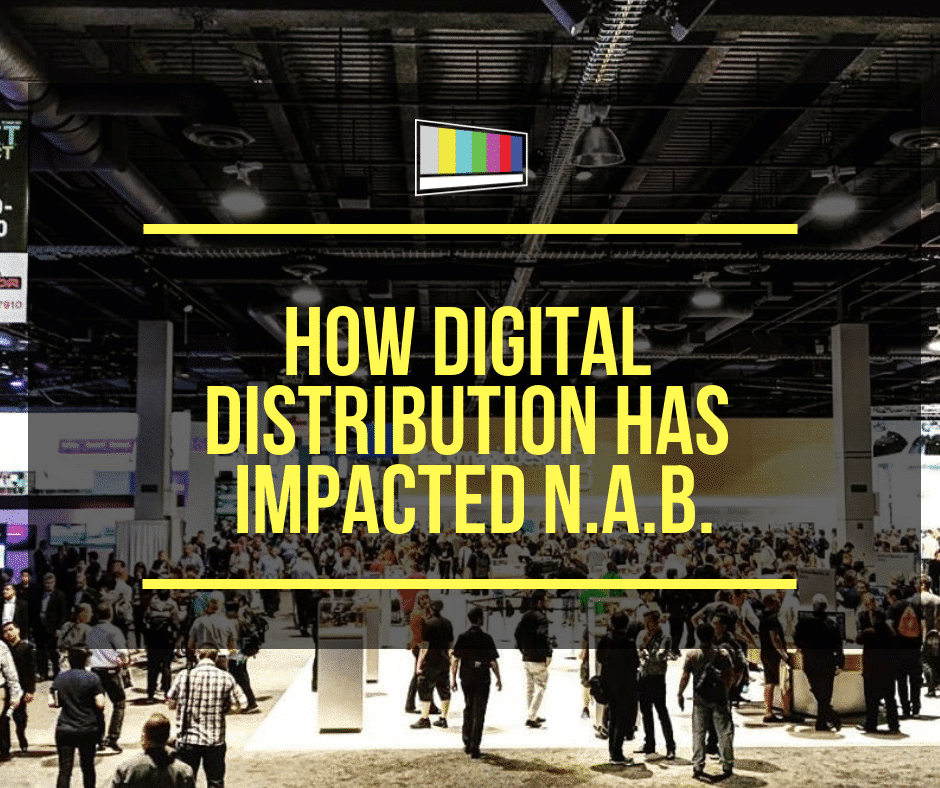
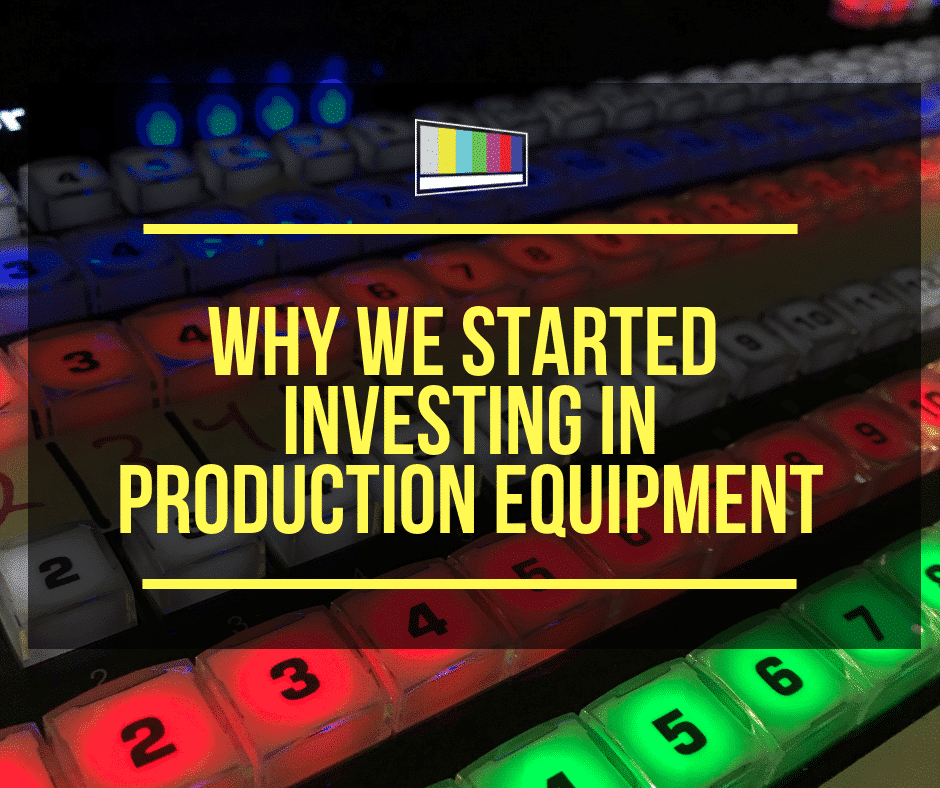
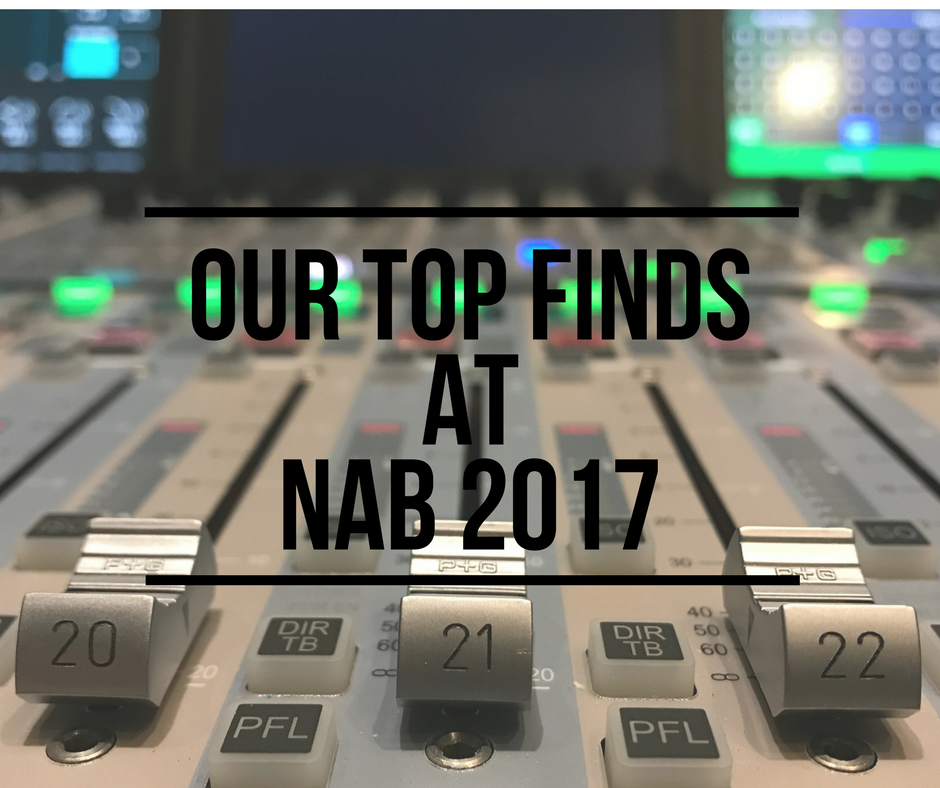

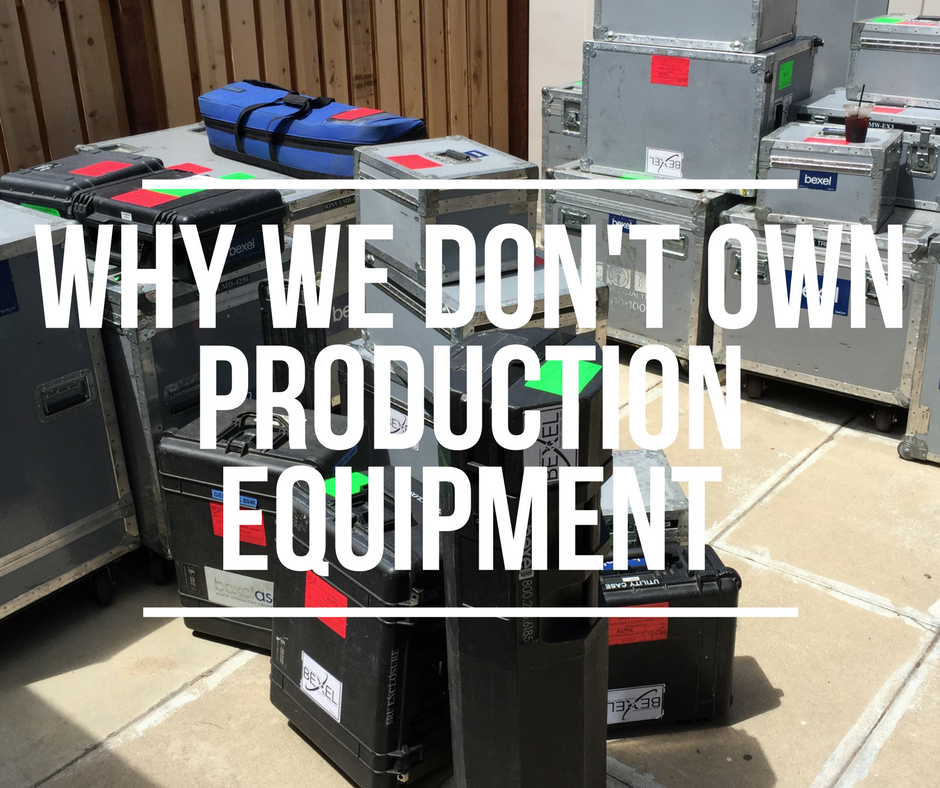
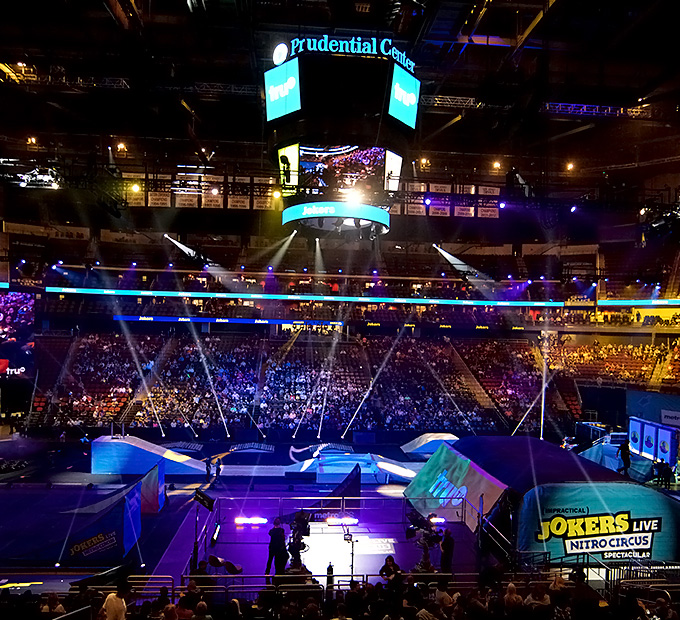
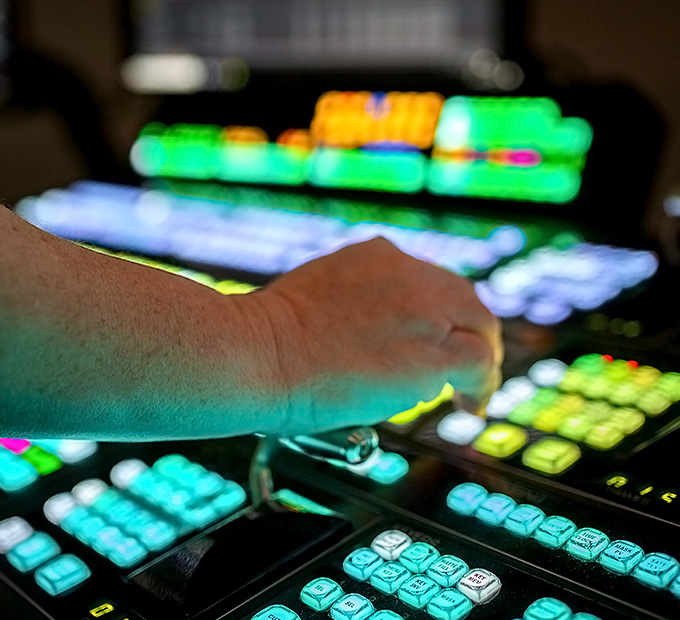
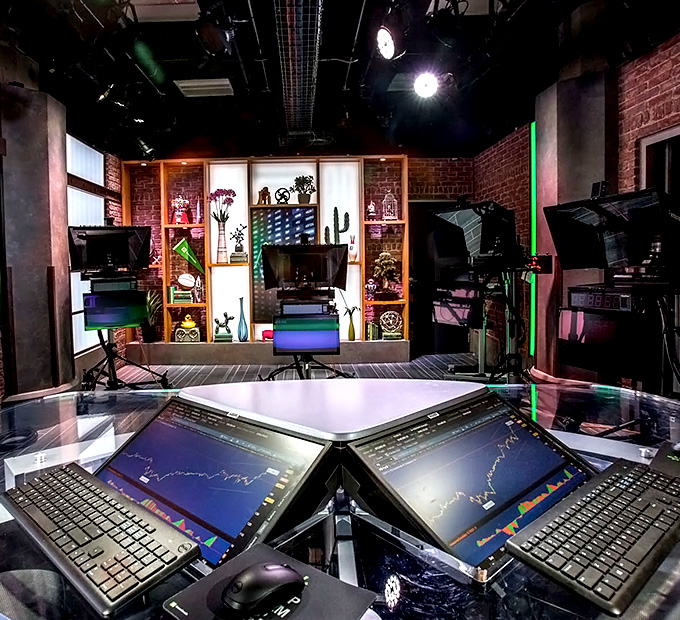


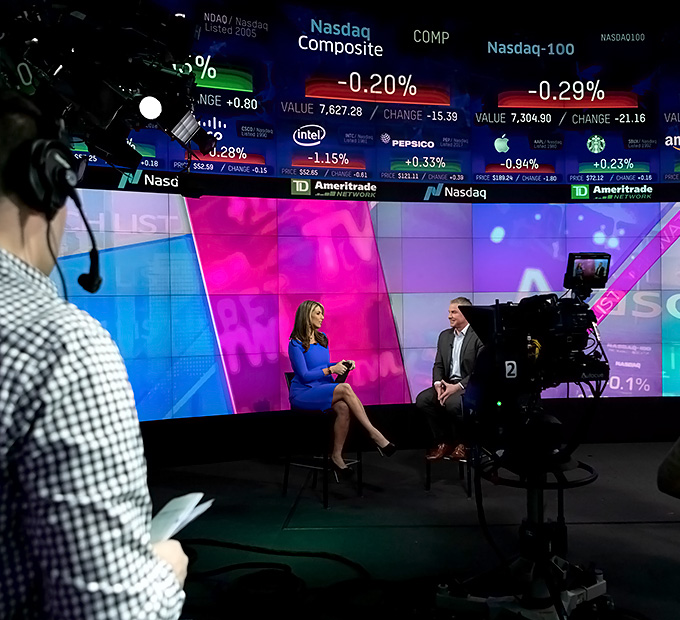
Leave a Reply